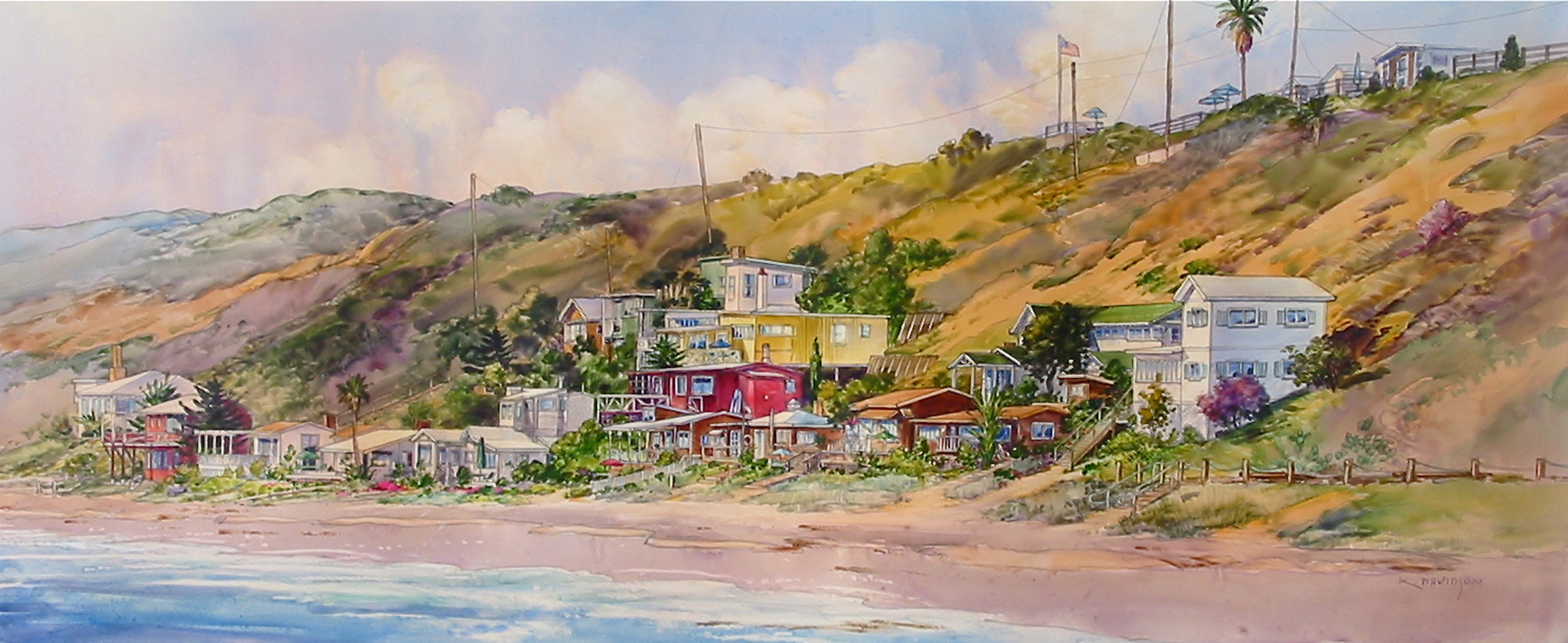Sizing Up Backyard Aquatics
By Gina Dostler
Though it’s January, warmer temperatures ahead will soon draw us outdoors again. Whether it’s a ground breaking new pool or a makeover for an older one, kids and adults alike enjoy the combination of water and sun. Peter Langevin agrees. He and business partner Kris Heftved’s Simply Pools, Inc. have been pouring backyard pools for a decade. They partner up with longtime industry friends to complete the dig, steel work and shell placement of the pool as well as design and execute the project. Peter, also publisher of Aquatica magazine for the iPad, a magazine app that explores the aquatic lifestyle, lent me a bit of his time to discuss a new pools or simply remodeling one.
Q: What are the things to think about when deciding to put in a pool?
A: As always, check the zoning laws and have the right permits, preferably before you start building your pool. Calculate the price of maintenance up front, both the time and money that needs to be invested to keep the pool working properly. And also look for the hidden things such as asking yourself what the pool is really going to be used for: fitness, entertainment or simply to broadcast the reflection of your surroundings. Also determining where the sun comes up and goes down will allow your design the optimum use of sunlight for the pool.
Q: What about safety for children?
A: It’s required that there is a barrier around the pool for anything that opens up to the street or home. And it has to be child protected. Any gate to the street has to be self-closing and self-latching. From inside the house, doors have to be alarmed. Even if the garage door opens up to the pool area it needs to be self-closing and self-latching. It’s all stated in the California state code. What is happening now, a lot of cities are making it a requirement that all codes be met even for resurfacing a pool. A recent law, the VGB (Virginia Graeme Baker) Pool and Spa Safety Act was signed into effect in 2008 regarding the main drain covers in pools and spas and equipment configurations for entrapment possibilities from pool suctions. If your pool is older than five years, it might be a good idea to get an evaluation regarding entrapments.
Q: Tell us about new innovations for pools?
A: Two words: smart phones. It’s the ability to look at your pool and turn it on or off from wherever you are at the moment. You can monitor all things such as the pH, the temperature, and the chlorine levels and change it with a touch of a button, even if you’re out surfing halfway around the world in Indonesia. The smart phone innovations are growing rapidly. One of our clients, the drummer for No Doubt, Adrian Young, turns his spa on at his home in Long Beach while flying back from his latest gig. By the time he’s home, the spa is ready for him to relax and enjoy.
 Q: When should you think about resurfacing a pool?
Q: When should you think about resurfacing a pool?
A: Plaster surfaces can last 30-40 years. Typically you’d replaster if a stain won’t come out, delamination occurs, or it is worn out. Actually, swimming pools are meant to last for a lifetime. But I find that about every 30 years people call in for remodeling. At that point we not only resurface, but add tile, waterfalls, decks, plumbing and upgraded lights. We find that resurfacing tends to open up a can of worms where one improvement tends to lead to another. But the benefits outweigh the cost with improved aesthetics and even lower maintenance costs.
Q: Types of resurfacing?
A: Plaster is the most economical, actually the hardest to do and definitely considered an artisan trade. There is colored plaster and quartz aggregate plaster. Then there’s the pebble product such as Pebble Tec, and the smaller stones, Pebble Sheen. The latest and greatest is the Pebble Tec with glass beads (Luminous series). It’s tumbled glass with embedded pebbles to give more of a luster to the pool.
Q: Does a saltwater pool have chlorine in it?
A: The answer is yes. The difference is in the method how the chlorine is made. A salt product called solar salt (salt crystallized by the sun) has water that runs through it into a cell that adds a small charge to the now salinated water, which in turn reacts by producing chlorine gas. This gas is then broadcast directly into the pool. It is a highly effective way of disinfecting any body of water versus pouring a gallon of liquid chlorine. Since the gas is more powerful than the liquid, the chlorine levels from saltwater pools run much lower. It only costs around $2,000 to change a pool to a salt water system.
Contact Information:
Peter A. Langevin or Kris Heftved
Simply Pools Inc.
11311 Slater Ave.
Fountain Valley, CA. 92708
714.241.1315 office
562.228.9573 cell
Website: www.simplypoolsandspas.com
Twitter: @live_dive





